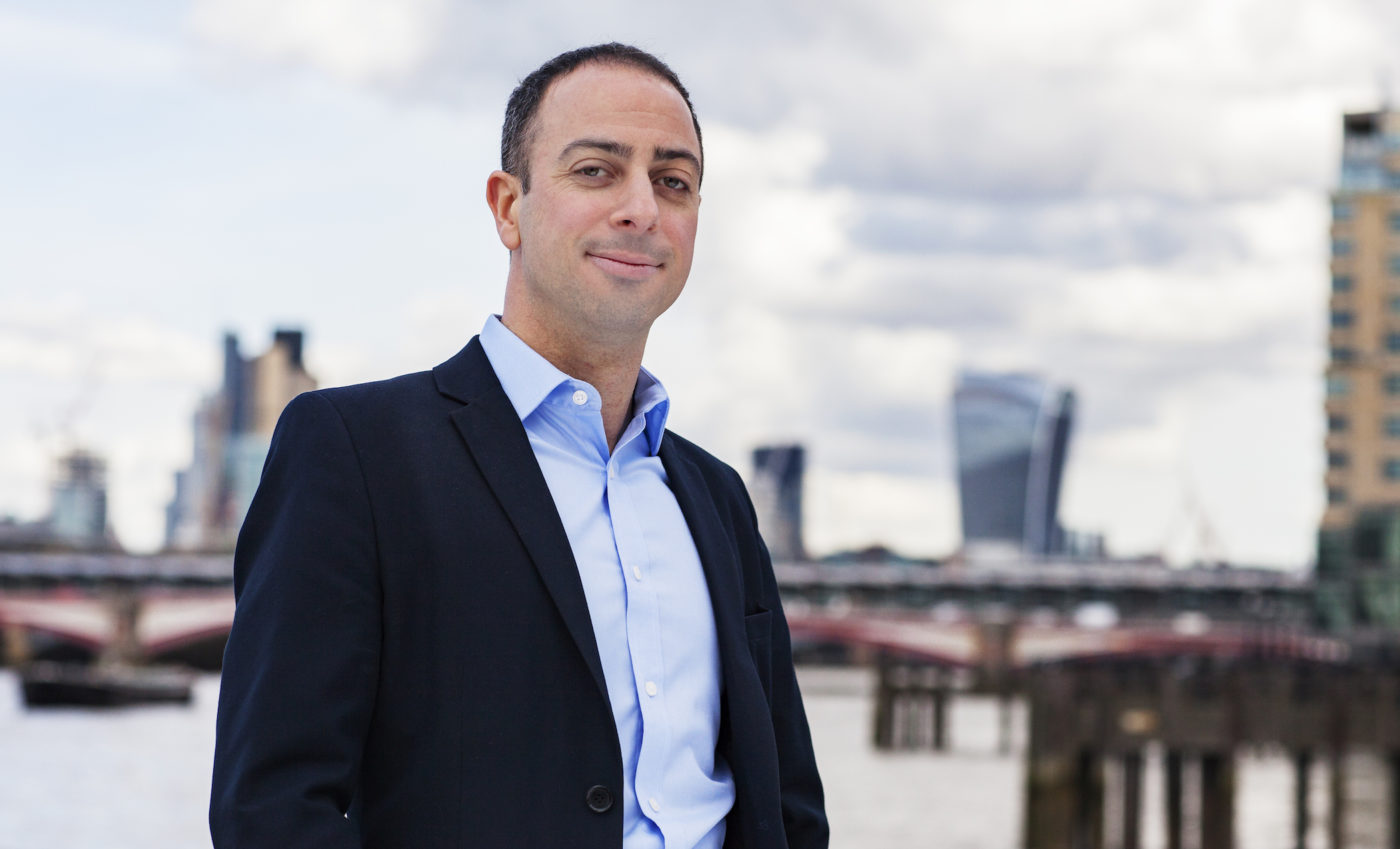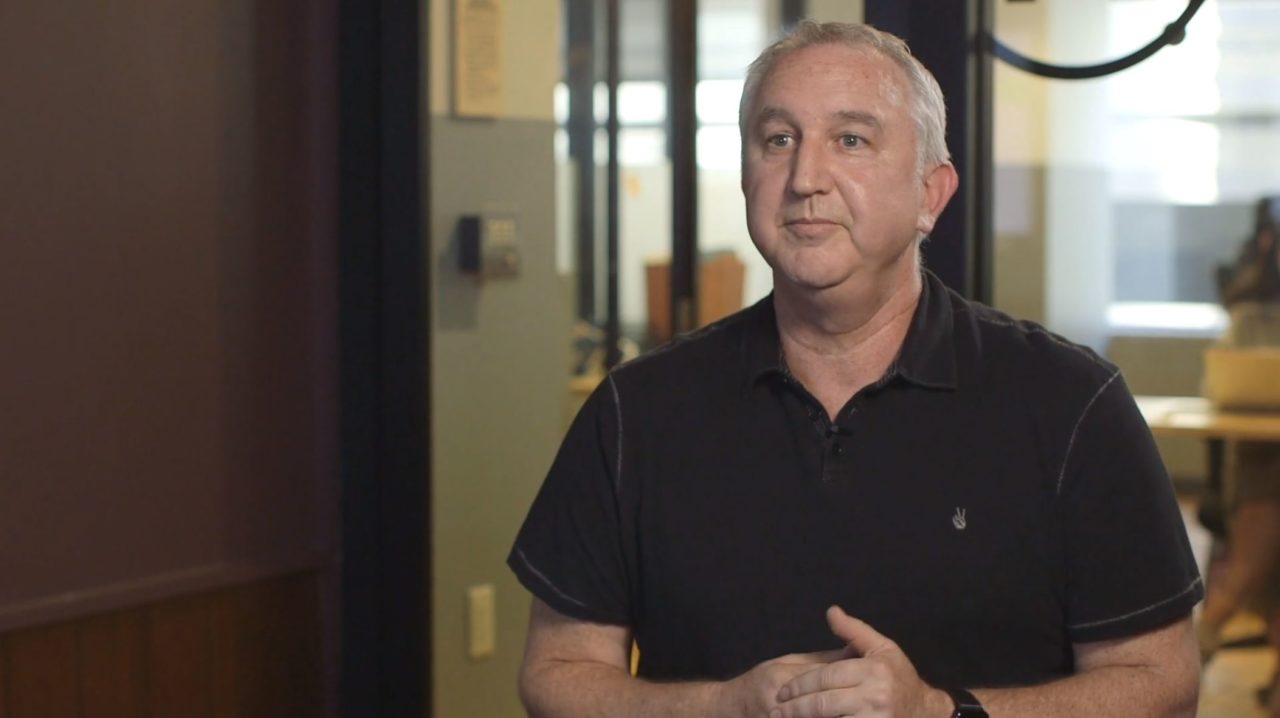
Claude Schneider has been a member of Founders Network since January 2018. He’s also been a prominent FN member in our Vancouver Chapter. To receive peer mentorship from Claude and over 600 fellow Tech Founders, please request an invite and join our global network.
You may have a SaaS product, offer services, or run an e-commerce business. All of these will rely on a website to get people interested in what you’re offering, and to convert them from a lead to a customer.
Say you’re in the lucky position of having some traction. People are finding your website, you’re getting signups, and some people are possibly even becoming paid customers, or repeat users.
You may think now’s the time to turn on the growth machine, and ramp up your marketing spend. Especially if your LTV (lifetime revenue from each customer) is over 3x higher than your CAC (customer acquisition cost). The more people who visit your website, the more conversions you’ll get, right? And in turn, that will speed up the word-of-mouth effect, and reach even more people.
While this may be true, there’s one thing you should do first, which may double or triple your growth rate.
Your Bucket is Leaky
Everyone knows the concept of a conversion funnel— you put a lot of leads into the top of the funnel; at each step of your signup/onboarding/checkout process, you lose a few more people; and at the end of the funnel you have a fraction of those leads who’ve converted to paid customers.

Pirate Metrics
Your marketing spend is like a bucket of water— the more you spend, the more water (leads) you can pour into your funnel. Keep pouring more water into the funnel, and you’ll keep getting more leads. However, your funnel is leaky – you’re losing customers at every step.
A “step” is any point where you’re asking a lead to make a decision:
- Enter your email address
- Select a plan
- Customize settings
- Checkout
How That Breaks Down:
- Say 10% of your website visitors give you their email address.
- Then of those signups, 50% of them complete your onboarding steps, or add a product to their basket. That’s 5% of your initial leads.
- Then of the remaining 5%, 60% of them convert to paid customers.
- That’s a mere 3% of all your leads.
You could spend $1,000 to get 100 leads, but only 3 of them may convert to paid customers. If you don’t do something to fix the leaks, you’ll be doomed to forever waste 97% of your marketing spend on the leads that are guaranteed to drop out of your funnel. By improving your funnel conversions as soon as you have enough qualitative feedback or quantitative data, you’ll make every dollar of marketing spend work that much harder for you.
Fixing the Leaks
The first step is to analyze your whole conversion funnel from start to end (using a free tool like Amplitude), so that you can see how many leads dropped off at each stage.

An example of a SaaS onboarding funnel
You should then target the funnel step that had the biggest drop-off (as a percentage of leads who entered that step). If there are two steps with a similarly large drop-off, focus on the step earliest in your funnel— the more people you keep at the start of the funnel, the more data you’ll have for analytics throughout your funnel.
Once you know where leads are dropping off, now’s the time to get qualitative— do customer interviews, watch people go through your funnel, add screen-recording software to your website (like Hotjar), or try A/B testing different copy/images to see if leads respond better to a different message.
By understanding the problems people have with each step, you’ll be able to fix the issues, so that more people complete the problematic steps. Even if you only get 10% more leads converting at each leaky step, that will have a compound effect.
Using the figures from before, you’ll now have 20% of landing page visitors give you their email address, of which 60% complete your onboarding, and 70% become paid customers. The initial 3% conversion has now improved to 8.4% – almost triple!
When optimizing each step of your funnel, it’s important to measure the impact the whole way through your funnel. There’s no point optimizing a step for low-converting leads, as that won’t have an impact on your final revenue.
For example, if you change your landing page to make your product look cheaper or easier to use, you may get more non-business users signing up. However, when they come to your complex or expensive product, they won’t convert to paid users, so your overall conversion rate won’t have increased.
And it’s not just your signup flow that needs optimizing— your funnel stretches far before and after your website journey:
- Social media posts: How many people saw your post (timing), or clicked on your link (copy)
- Email newsletters: How many people received the email (spam avoidance), or opened it (subject)? Or click through to your offer (copy/buttons)
- Referrals: How many customers referred a friend? Did you make it obvious, and easy, and worthwhile?
When optimizing each step of your funnel, it’s important to measure the impact the whole way through your funnel. @claudeschneider
A/B Testing
Alexandra Greenhill (My fellow Founders Network member, and Regional Director of the Vancouver Chapter) shares some great advice about A/B testing based on her experiences:
“With running one small experiment per landing page every week, starting with very small traffic numbers (10 users a day!) we were able to get our landing pages optimized from a usual starting point of 11% conversion to over 70%, most of them converting at 85% or so, even with visitor flows in the 10k+ range. This process over the 20 odd landing pages segmented to different target users took 7 to 10 weeks at the most. Our own rule was that we stopped all efforts if a page reached 70% conversion, and only one ever dropped below that, the other ones surprised us by getting better conversions as traffic increased.
What kind of changes did we test?
- Text and color of action buttons
- Photo and text of the key welcome message
One at a time, each week, and selecting the one that converted the best if it was 10 points higher than the other. I learned much about the art and science of conversion from Olli Gardner, one of the cofounders of Unbounce (landing page optimization) and their excellent CTA conference (videos can be accessed for free here).”
Referrals are the best way to grow
Once you’ve fixed the leaks in your funnel, you may think now’s the time to start spending on Adwords and social ads. While this is scalable and repeatable, there’s one more thing you should do before pulling that trigger.
Looking again at the Pirate Metrics diagram above, showing AARRR funnel conversion, it becomes clear— getting visitors to convert to paying customers is only a fraction of your funnel. It’s just as valuable to retain those customers, and also to get them to refer other customers.
Referrals are the easiest and cheapest way to scale your business. By giving referrers a small in-kind reward (e.g. a free month, or 10% off their next purchase), you can reach large parts of their (hard-to-reach) network, without spending anything on marketing. Referred customers normally convert higher (because they trust their friend’s recommendation), and they remain loyal for longer. If you get your referral program working well (give both sides a reward), you can build an infinitely-scalable sales team, bringing you new leads forever. You’ll also want to test and optimize your retention and referral conversions just as much as your earlier funnel stages.
This is how my own startup SmarterQueue got 1500 emails in the first 2 days from our pre-launch landing page, and reached 2,500 paying customers within 2 years, without spending a dollar on marketing. In our first 6 months from beta launch, our monthly growth rate was 50%, which gave us valuable revenue, as well as customer feedback to improve the product.
I’ve shared lots of my advice, presentations, and over 200+ curated articles here.
Referrals are the easiest and cheapest way to scale your business. @claudeschneider






